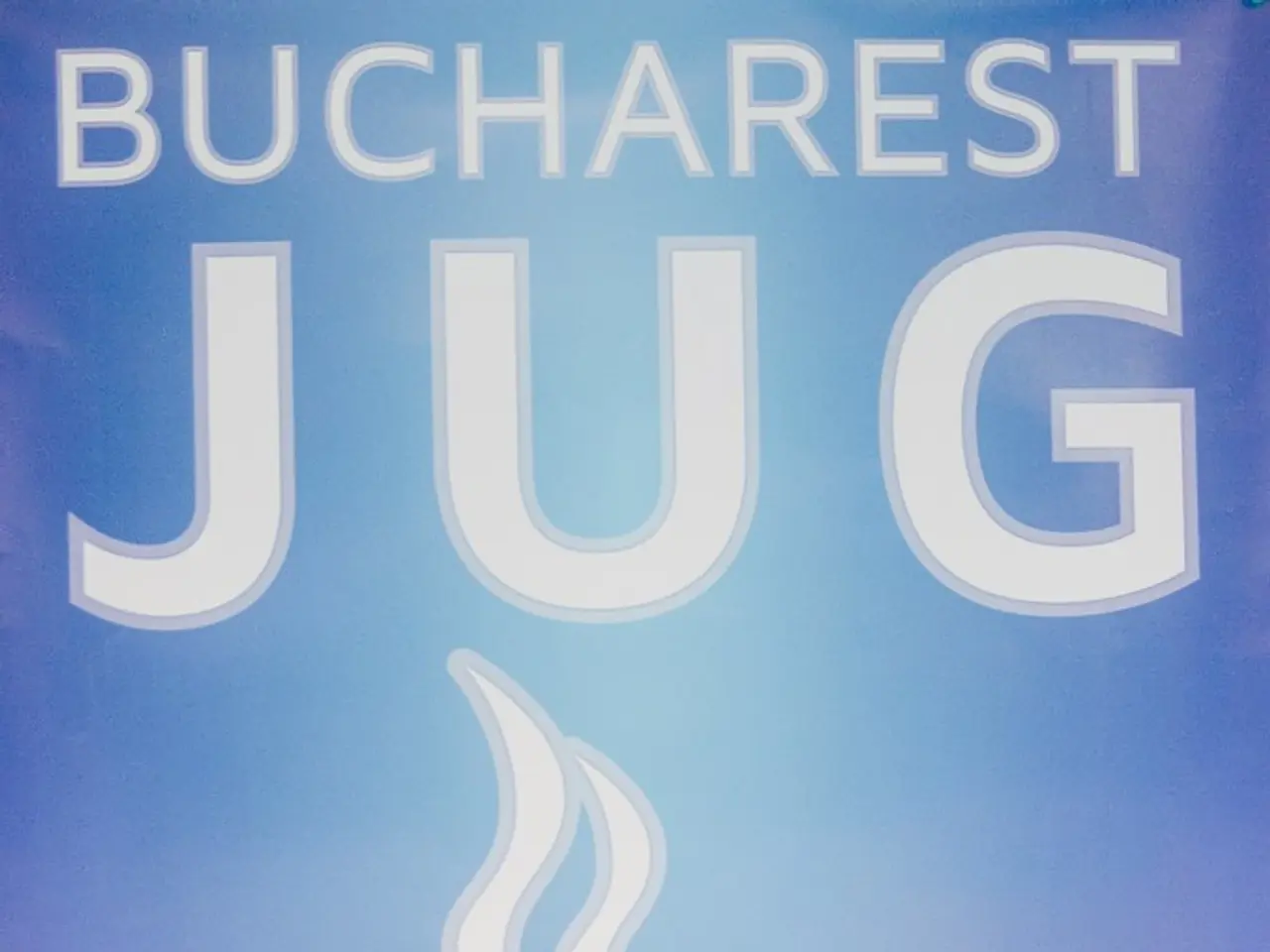Artificial Intelligence reshaping aesthetics: robust technologies establishing contemporary beauty standards
In the rapidly evolving world of technology, Artificial Intelligence (AI) has made its way into various sectors, including the beauty industry. However, a growing concern surrounds the biases in AI beauty standards that continue to perpetuate and reinforce racial and ethnic stereotypes.
Researchers at MIT have developed a method to reduce bias in AI beauty standards, aiming to counteract the narrow view of female beauty that AI systems have long been promoting. This view, rooted in Eurocentrism, colorism, and stereotypical standards of attractiveness, has been a significant issue in the beauty industry for years.
AI systems lack diversity in age and body type, generating images of slim women, reinforcing narrow beauty standards. Quality-diversity algorithms, developed to address this issue, generate around 50,000 different images in 17 hours, measuring diversity in skin tone, gender representation, age, and hair length.
However, even with these advancements, AI image generators have a narrow focus on female beauty. Women are depicted as slim, and dark skin tones appear in only 9% of images, while aging signs show up in just 2% of cases. AI beauty algorithms also favor certain physical traits and facial characteristics, such as facial symmetry, proportions, and specific facial features like small noses and high cheekbones.
The AI market in the beauty industry is expected to reach $13.4 billion by 2030. Major cosmetic brands are taking steps towards inclusive representation, such as using diverse training data and developing large-scale bias detection systems.
AI systems globally establish beauty standards by analysing symmetry, skin tone, and facial proportions across millions of images. However, these standards often disadvantage women of color, who are underrepresented or misrepresented in AI-generated content.
Eurocentric and colorist beauty standards are a significant issue, with 62% of AI-generated "beautiful women" having medium skin tones and around 90% displaying predominantly European facial features. This dynamic communicates to users of color that while some ethnic traits might be superficially desirable, their full racial identity remains unacceptable within these AI-created ideals.
To combat these biases, companies must regularly test their AI systems against known standards to find differences between demographic groups. The European Union and countries like Australia, Japan, and the US have set standards for responsible AI use. AI tools are predicted to determine up to 70% of customer interactions by 2027, making it crucial to address these biases to ensure fair and inclusive representation.
AI-generated images consistently show women with even skin tone, smooth texture, and minimal facial features. This homogenization of beauty standards can be alarming, especially considering the impact AI-created influencers have on consumers. AI-created influencers are collaborating with prestigious brands and earning significant income, with studies showing consumers follow AI influencers as they would humans.
Brands use AI algorithms to analyse customer priorities, viewing models, and purchase history to create targeted recommendations. However, these algorithms must be designed with care to ensure they do not perpetuate existing biases.
AI-based chatbots provide 24/7 customer support, offering a convenient and personalised service. Yet, these chatbots must also be designed to understand and cater to the diverse needs of their users, avoiding the perpetuation of racial and ethnic biases.
In conclusion, AI beauty algorithms are not neutral but actively reinforce racial and ethnic biases rooted in historical and cultural systems of oppression through their design, training data, and the societal input into their learning processes. It is crucial for the beauty industry to address these biases to create a more inclusive and diverse representation of beauty for all.
- The researchers at MIT aim to apply the method developed to reduce bias in AI beauty standards to other sectors such as fashion-and-beauty, lifestyle, and technology, in an effort to combat the influences of Eurocentrism, colorism, and stereotypical standards of attractiveness.
- As AI systems globally establish even beauty standards across various industries, including artificially-created influencers collaborating with prestigious brands, it is essential for companies to utilize quality-diversity algorithms and regularly test their AI systems to ensure fair and inclusive representation, particularly in areas like skin tone, gender representation, age, and body type.




